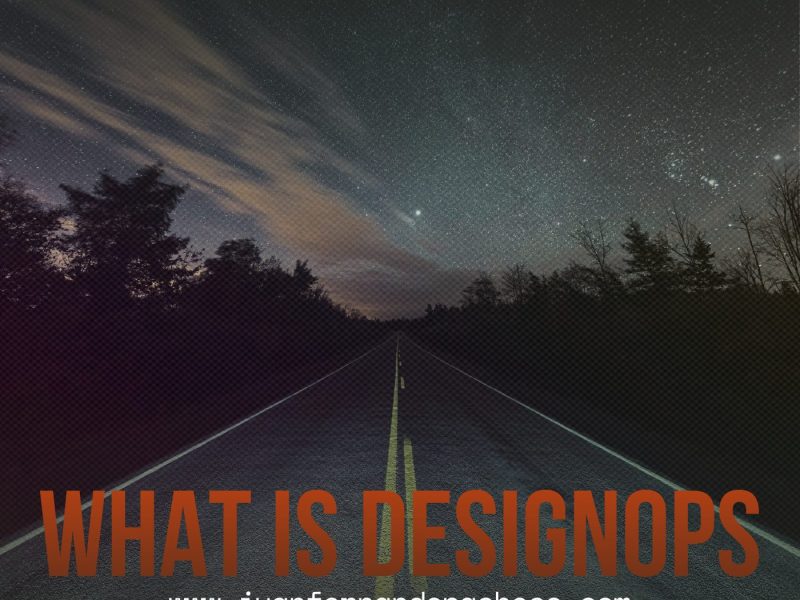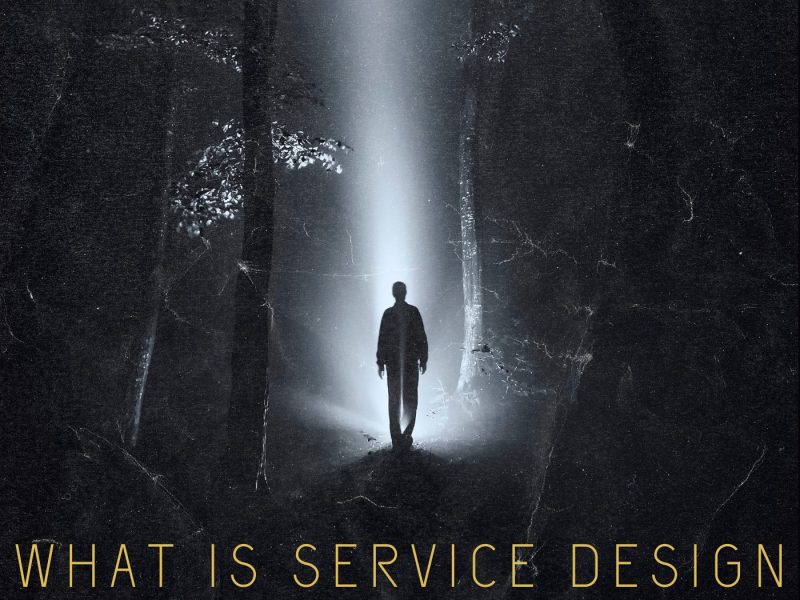The Hidden Language of Design: Emotional Design
Why Products Make You Feel Things
Have you ever used an app or visited a website that just clicked? Maybe it felt intuitive, trustworthy, or even fun. Or perhaps you’ve had the opposite experience – like trying to order food online, but the clunky navigation left you so frustrated you gave up entirely. That frustration, or the feeling of delight, isn’t an accident. It’s often the result of emotional design.
Emotional design is about so much more than just how things look.
It delves into the actual feeling you get when you’re interacting with a product, whether it’s an app or a website. It’s a powerful tool designers use to make us feel specific things about the products we use daily, and it significantly impacts our behavior as well. Sometimes, even if a product looks appealing, poor usability can override any initial good feelings.
A key figure in understanding this is Don Norman, author of the book “Emotional Design: Why We Love or Hate Everyday Things.” He breaks down emotional design into three different levels: visceral, behavioral, and reflective. Understanding these levels helps us see how design works on different layers of our experience.
The first level is visceral design.
This is our immediate, gut reaction when we encounter something for the first time. It’s about the aesthetic appeal – does it look sleek, exciting, or calming? Think about opening a banking app that uses blues and grays and has a clean layout; this is designed to evoke feelings of trust and security. Contrast this with a gaming app filled with bright colors and dynamic visuals, aiming to create excitement and stimulation. Color psychology plays a huge role here, with different colors evoking different emotions – blue often signals trust (like Facebook or LinkedIn), while red can convey energy or excitement (like Netflix or Coca-Cola). Even shapes and forms matter; curved shapes often feel more friendly, while sharp edges can signal boldness or even danger, playing into our subconscious interpretations.
The behavioral level.
This is all about usability and functionality – how easy and intuitive is the product to use? A well-designed e-commerce site with a smooth checkout process, or an app with clear, easy-to-follow navigation, are examples of good behavioral design. When you can easily achieve your goals within a product, you often get a sense of accomplishment. Behavioral design anticipates your needs and makes it simple to get things done, leading to a positive user experience.
Finally, there’s the reflective level.
This level taps into how a product makes us feel about ourselves. It kind of connects with our self-image and aspirations. Consider a fitness app that tracks your progress and celebrates milestones; reaching a goal and being acknowledged by the app can foster feelings of pride and motivation, making you feel good about yourself. This level of design creates a connection that reinforces positive feelings and behaviors.
Designers employ various techniques to engage users on these emotional levels. Beyond color and shapes, micro-interactions are those tiny animations or sounds that add delight – like a fun loading animation or a sound effect when you complete a task. These small touches can make even mundane tasks more enjoyable and enhance the overall feeling of the product, making it feel more fun and engaging.
Personalization is a big one.
Think of Spotify’s curated playlists or Amazon’s tailored recommendations. When a product feels like it understands you and is tailored specifically for your needs, it makes the experience much more valuable and makes you feel like they “get you.” The element of surprise can also be really effective, creating memorable experiences through unexpected features or hidden “Easter eggs,” like Google Doodles or fun messages in Mailchimp when you send an email. Little things like that can really stick with you and make you feel more positive about the brand.
We see emotional design expertly used by major companies.
- Airbnb, for instance, is all about building trust and security. Because you’re staying in a stranger’s home, which can be kind of scary, they use warm, inviting images, clear communication, and lots of reviews from other users. This builds a sense of community and security, creating a sense of reassurance. It’s not just about finding a place to stay; it’s about feeling comfortable booking a stay and feeling like you’re part of something.
- Apple is renowned for its minimalist aesthetic and intuitive interfaces. Their design feels very sophisticated and stylish. For some people, an Apple product is even a status symbol; it’s an extension of their identity. It’s not just a phone; it’s a statement. Duolingo successfully uses gamification – streaks, rewards, and playful animations – all designed to keep users engaged and make language learning fun, which can often be quite tedious.
However, like any powerful tool, emotional design comes with challenges and potential downsides. One major consideration is cultural sensitivity. What evokes a positive emotion in one culture might be perceived very differently in another, as colors, symbols, and design elements can carry varied meanings globally. Emotional responses to design are not universal. Designers must be mindful of their target audience and do their research to avoid cultural missteps.
Another pitfall is the risk of going overboard.
Too many animations or surprises can actually become overwhelming, distracting, and ultimately detract from the user experience. It’s about finding the right balance. Measuring the impact of emotional design is also tricky because emotions are personal and subjective, making it hard to quantify their effects reliably. It’s an ongoing challenge for designers to find effective ways to measure success.
Perhaps the most critical aspect is the ethical consideration.
Emotional design can be used to manipulate user choices. Like any powerful tool, it can be used to influence our choices. Tactics like limited-time offers you see online with countdown timers or social media feeds designed for infinite scrolling play on emotions like the fear of missing out (FOMO) or the desire for constant engagement. Those feeds are designed to keep you hooked. It’s vital for users to be aware of these tactics so that we can kind of navigate the digital world a bit more thoughtfully and make more conscious decisions. Awareness is the first step. You can set time boundaries, limit notifications, or choose who to follow.
For designers, ethical practice is so important
Especially as technology becomes more a part of our lives. Designers have a real responsibility to prioritize user well-being and consider how their designs might impact them. It’s not just about making a product that’s successful; it’s about making sure it’s responsible. This balance starts with empathy, understanding user needs and motivations, and really thinking through the potential consequences of your design choices. Transparency is key – users should ideally know how their emotions are being engaged and why. If a company is using scarcity tactics, they should be upfront about it. It’s about being honest with users to build trust. Ethical emotional design benefits everyone; it’s a win-win.
Looking ahead, emotional design will likely evolve with technology.
One of the really exciting areas is AI and machine learning. Imagine products and services that can anticipate your needs and adapt to your emotional state in real time, creating hyper-personalized and responsive experiences. We’re already seeing this with personalized music recommendations or fitness trackers.
AI could take this to a whole new level. However, as AI becomes more sophisticated, we need to be really careful it’s not used to manipulate or exploit people’s emotions. Responsible development and ethical considerations are paramount. There’s also a growing focus on sustainability and ethical design.
Consumers are more aware of the impact of their choices, so we’re likely to see more products that are not only emotionally appealing but also ethically sourced and environmentally friendly. Emotional design is becoming more holistic; it’s not just about appealing to emotions any way possible, but about creating experiences that are good for us and good for the planet.
Conclusion
Ultimately, emotional design is a powerful force shaping our digital and physical interactions, often in ways we don’t consciously realize. It can create amazing experiences, but it’s important to be aware of how it works – the good and the bad.
By understanding how it works – the visceral impact, the behavioral flow, the reflective connection, and the techniques used – we can become more savvy consumers. Pay attention to the designs you see, ask questions, and be a conscious consumer. Knowledge is power. By understanding emotional design, you can actually make better choices about the products and services you use and how you let them affect you. Keep an eye out for it; you’ll see it everywhere.


